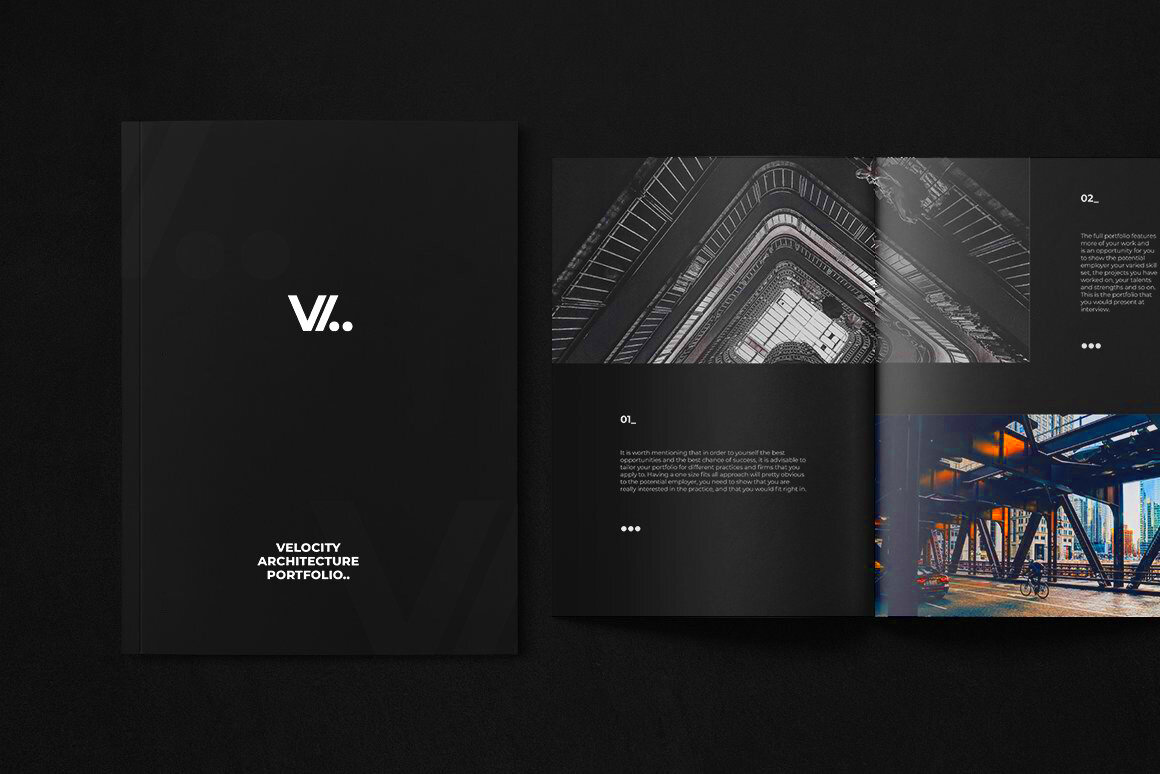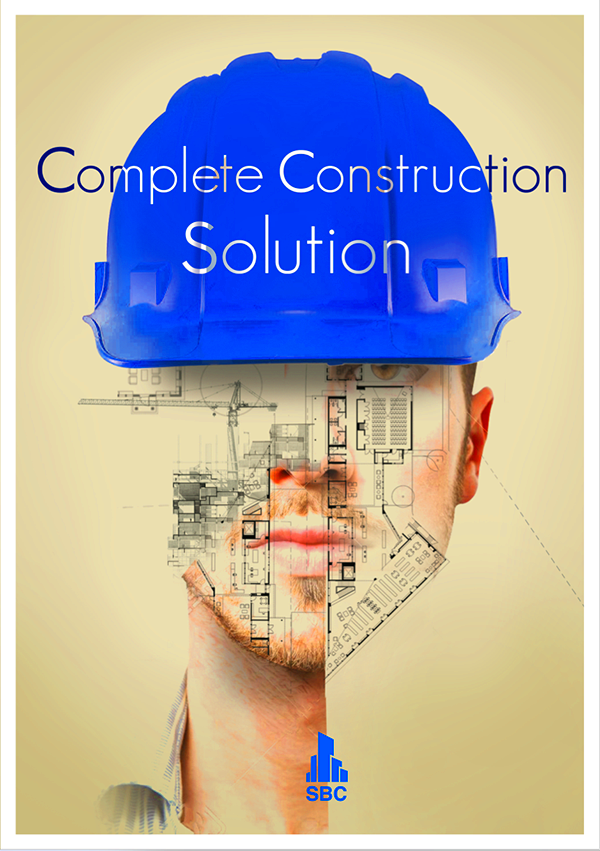Creating a portfolio on Behance is an essential step for any creative professional. It allows you to showcase your work, connect with other creatives, and gain visibility in your field. Your portfolio acts as your online resume, providing potential clients and employers with a glimpse into your skills and style. When you set up your Behance portfolio, think about it as your personal gallery where you can share your best work and tell your story.
Choosing the Right Projects to Showcase

When it comes to selecting projects for your Behance portfolio, quality is more important than quantity. Here are some tips to help you choose the right projects:
- Highlight Your Best Work: Only include projects that showcase your skills at their finest.
- Show Variety: Include a mix of different types of work to demonstrate your versatility.
- Focus on Relevance: Choose projects that relate to the kind of work you want to attract in the future.
- Include Personal Projects: If you have personal projects that show creativity and passion, include them.
By carefully selecting your projects, you can create a portfolio that truly reflects your abilities and interests.
Also Read This: How to Download Fonts from Behance – A Guide for Accessing Creative Fonts
Designing a Clean and Professional Layout

Your portfolio's layout can make a big difference in how your work is perceived. A clean and professional design helps your projects stand out. Here are some tips for designing an effective layout:
- Keep It Simple: Avoid cluttered designs. Use white space effectively to make your projects pop.
- Consistent Style: Use a consistent color scheme and typography throughout your portfolio.
- Organized Structure: Organize your projects into categories or sections for easy navigation.
- Responsive Design: Ensure your portfolio looks good on all devices, including mobile phones and tablets.
A well-designed portfolio not only showcases your work but also reflects your professionalism and attention to detail. Take the time to create a layout that highlights your creativity and makes a strong impression.
Also Read This: How to Make Birthday Pop-Up Cards at Home
Using High-Quality Images and Media
High-quality images and media play a crucial role in your Behance portfolio. They can significantly influence how your work is perceived and can make your projects stand out. The right visuals help to tell your story and showcase your skills effectively. Remember, a picture is worth a thousand words, so make sure yours speak clearly.
Here are some tips for using images and media effectively:
- Choose the Right Format: Use JPEG or PNG formats for images to ensure quality and fast loading times.
- Optimize Your Images: Resize and compress images to improve load times without losing quality.
- Use Diverse Media: Include videos, GIFs, or even animations to provide a dynamic view of your work.
- Show Process: Add behind-the-scenes images or process videos to engage viewers and show your creative journey.
Remember, the better the quality of your images and media, the more professional your portfolio will appear. Always aim for clarity and relevance in every visual you include.
Also Read This: Understanding YouTube Lag and Effective Solutions to Improve Streaming
Writing Compelling Project Descriptions
Your project descriptions are just as important as the visuals in your portfolio. They provide context and help viewers understand your work. A good description can engage potential clients and collaborators, making them more likely to reach out to you. Here are some tips for writing effective project descriptions:
- Be Clear and Concise: Keep your descriptions straightforward. Avoid jargon that might confuse your audience.
- Tell the Story: Share the inspiration behind the project and your thought process. This adds depth to your work.
- Highlight Your Role: Explain what part you played in the project, especially if it was a team effort.
- Include Key Details: Mention tools, techniques, or challenges you faced. This shows your expertise.
Remember to keep your tone conversational and relatable. You want your audience to feel connected to your work and to you as a creator.
Also Read This: How to Achieve Straight Hair at Home with Easy Steps for Sleek and Smooth Hair
Integrating Social Media and External Links
Integrating social media and external links in your Behance portfolio can expand your reach and help you build a personal brand. By linking to your social media accounts or relevant projects, you make it easier for viewers to connect with you and follow your work. Here’s how to do it effectively:
- Link to Your Social Media: Include links to platforms like Instagram, Twitter, or LinkedIn where you share your work and interact with your audience.
- Add Relevant External Links: If you have a personal website or blog, link to it. This gives viewers more ways to explore your work.
- Use Call-to-Action: Encourage visitors to follow you on social media or check out additional projects by using clear calls to action.
- Keep Links Relevant: Ensure that all links lead to content that complements your portfolio and adds value for the viewer.
By effectively integrating social media and external links, you can create a richer experience for your audience while also enhancing your online presence.
Also Read This: Is YouTube Music Available on PS5? A Quick Guide to Streaming
Engaging with the Behance Community
Engaging with the Behance community is a fantastic way to grow your network, gain feedback, and discover new opportunities. Behance is not just a platform for showcasing work; it's also a vibrant community where creatives can connect, share ideas, and support each other. Getting involved can make a significant difference in your creative journey.
Here are some ways to engage effectively:
- Comment on Other Projects: Take the time to leave thoughtful comments on other artists' work. This helps build relationships and shows your support.
- Appreciate Work: Use the "Appreciate" feature to acknowledge the projects you admire. This simple action can encourage other creators and foster goodwill.
- Join Groups: Participate in groups or forums within Behance that focus on your areas of interest. This can lead to collaboration and knowledge sharing.
- Share Your Insights: Consider writing articles or sharing tips based on your experiences. This can position you as a knowledgeable member of the community.
By actively engaging with others, you not only enhance your visibility but also contribute to a positive and collaborative atmosphere that benefits everyone.
Also Read This: How to Obtain InMail Credits on LinkedIn and Use Them Effectively
Frequently Asked Questions
As you navigate your Behance journey, you may have some common questions. Here are a few FAQs that can help clarify things:
- What type of projects should I upload? Aim for high-quality work that showcases your skills and style. Include a mix of professional and personal projects.
- How often should I update my portfolio? Regular updates are beneficial. Consider adding new projects every few months to keep your portfolio fresh.
- Can I link my Behance portfolio to my resume? Absolutely! Including your Behance link in your resume can give potential employers a deeper understanding of your work.
- Is it okay to ask for feedback? Yes, asking for feedback can help you improve. Just ensure you approach it respectfully and be open to constructive criticism.
Having clear answers to these questions can make your experience on Behance smoother and more productive.
Conclusion
Creating a standout Behance portfolio involves more than just uploading your work. It requires careful consideration of your projects, engaging with your audience, and contributing to the community. By using high-quality images, writing compelling descriptions, and integrating social media links, you can create a portfolio that truly represents your talents and connects with others. Remember, your Behance portfolio is not just a collection of projects; it's an opportunity to share your unique creative journey. So take the time to craft it thoughtfully, engage with your peers, and enjoy the process!
